A Grievously Injured Whale Swims 3000 Miles in Her Heartbreaking Final Journey
The Internet is rife with real-life stories of humans and animals triumphing over obstacles and moving us to tears; the one that caught our attention in December 2022 is the heartbreaking story of Moon, the humpback whale. It captured everyone’s notice by steadfastly swimming across the Pacific ocean for 3,000 miles.
While it’s not much distance for this species since they do double this journey every year for migration, for Moon, it became an arduous task for a specific reason. She was so grievously injured that any simple movement became excruciatingly painful.
Tracked by the Researchers
Researchers studying humpback whales have known about Moon’s existence for over a decade. The Fin Island research station analysts at Gitga’at have seen the giant female whale do humble rounds feeding on krill several times.
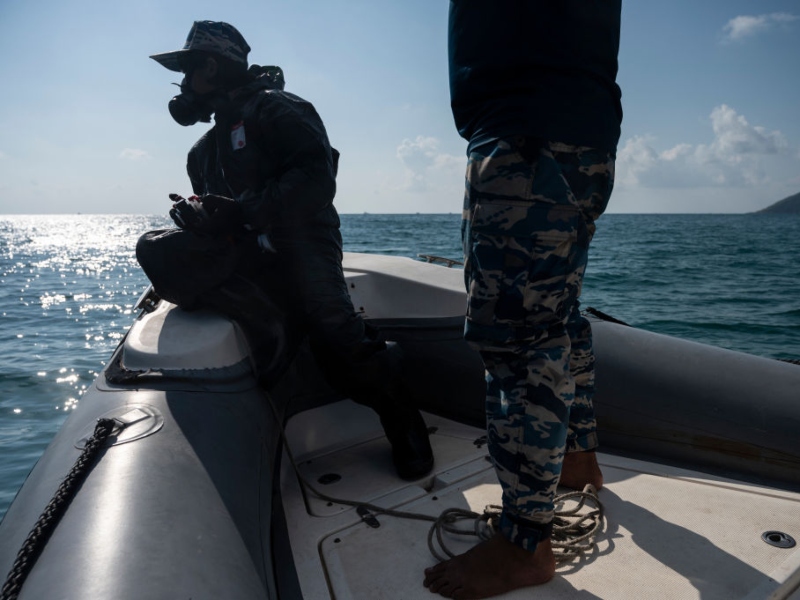
Source: Sirachai Arunrugstichai/Getty Images
Being tracked is nothing out of the ordinary for humpback whales; they were once on the list of endangered species and have been fiercely protected by several conservation efforts by the government since. Tracking them also helped marine biologists understand their behavioral patterns and distribution in the oceans.
No Longer an Endangered Species
The good news is these marine giants like Moon are no longer on the endangered list. This remarkable feat was made possible due to the consistent conservation efforts over the last few decades. In fact, humpback whales were the first to be protected under the Endangered Species Conservation Act in 1970.
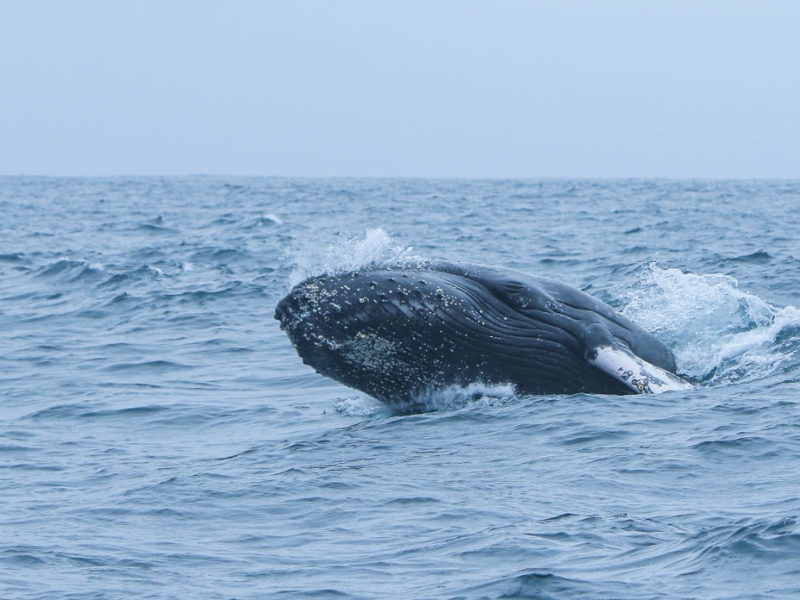
Source: Alejandro Menoscal/Agencia Press South/Getty Images
There was a time when their population was decreasing at an alarming rate because of commercial whaling and overfishing. The government had to step in with some aggressive action to prevent the loss of an entire species.
She Taught Her Calf Traditions
In their efforts to save the gentle marine giants from perishing, the researchers were tracking humpback whales like Moon. Every September, without fail, they follow the whale’s whereabouts and are assured that she’s sticking to her usual pattern of behavior.
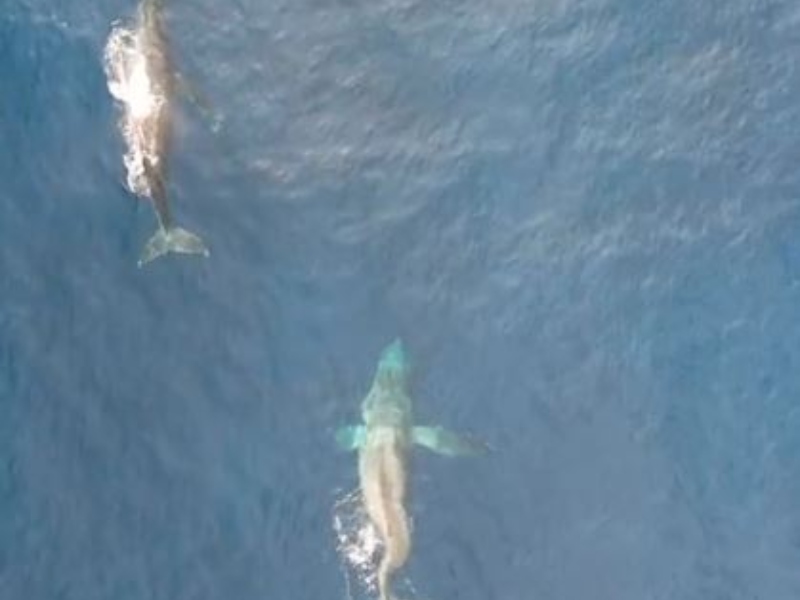
Source: mermaid.kayleigh/Instagram
In 2020, they even saw her patiently teaching her calf how to navigate the waters in the long-held tradition of their species to migrate from one place to another for a specific purpose. She must have done a splendid job guiding her little one through the life lessons of living in the ocean.
Spotted Something Odd About Moon
Expecting things to be as per routine in 2022, the researchers at the Gitga’at First Nations territory research station sat down to track the humpback whales to determine their status. What they saw shocked them beyond belief.
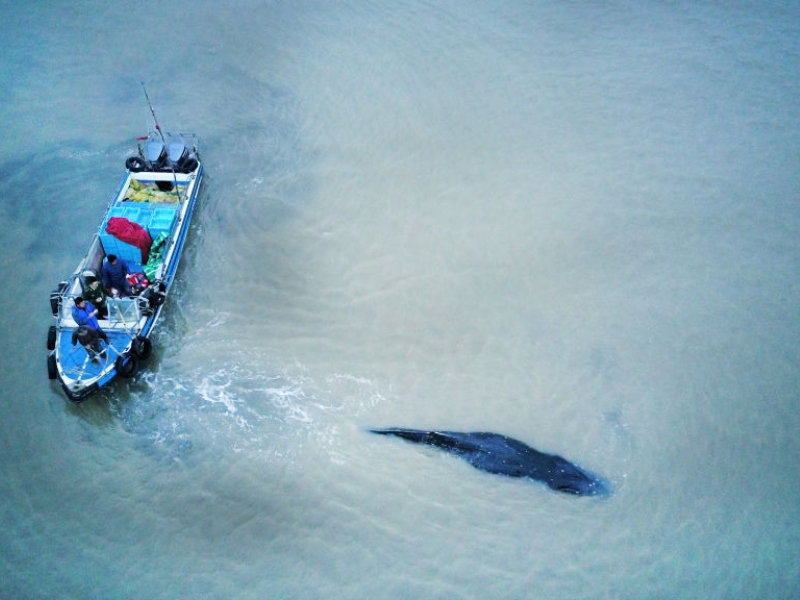
Source: Getty Images
They noticed something off about the movement of one particular humpback whale passing them by on 7th September; its body was contorted in an odd shape. The drone footage helped them identify the whale as Moon. It was evident that she was bravely staying afloat, trying her level best to swim despite being in a terrible state.
On a Journey to Hawaii
Like every other humpback whale in the Canadian waters of British Columbia, Moon was on her long journey from the feeding grounds to the breeding grounds in the warmer waters of Hawaii. She has been doing this yearly by rote, but this one turned into a nightmare.
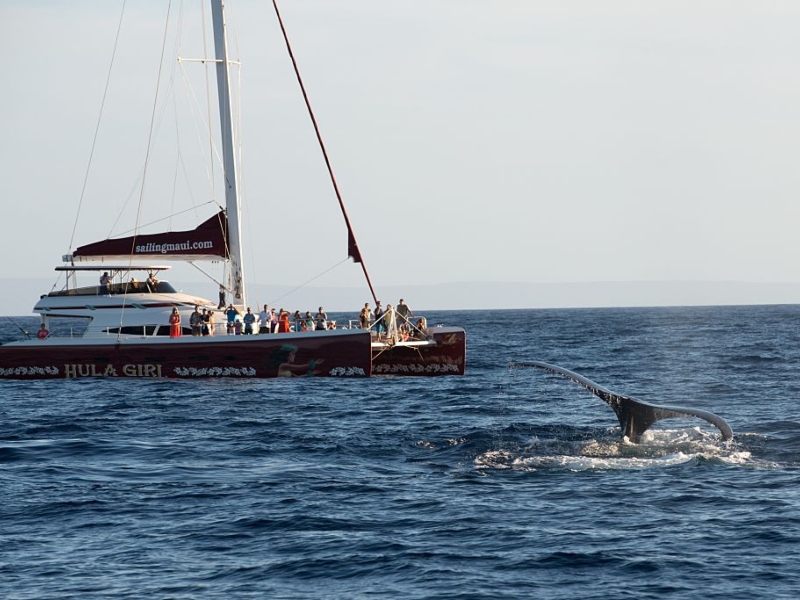
Souce: Jon Paciaroni / Getty Images
The images of her captured by their drone showed that her entire spine, from her dorsal fin to the fluke, was twisted into an unnatural “S” shape. They couldn’t even imagine the intensity of pain she was enduring because of her broken spine.
Struck by a Ship
Oddly enough, the researchers weren’t least surprised by what caused Moon the injury. They all knew she was most likely struck by a passing ship, something they are all familiar with for years. It’s a hazard plaguing the whale community for ages.
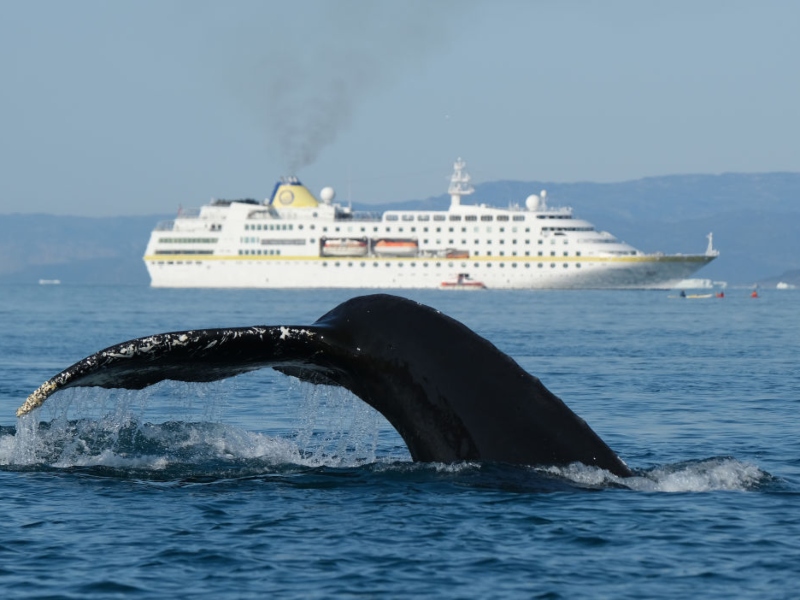
Source: Sean Gallup/Getty Images
In her case, the vessel strike left her fatally injured, breaking her spine at an angle that made it impossible for her to even move an inch without depleting her energy. They noticed her condition deteriorating as she painstakingly made her way through the waters.
Lone Whale With a Broken Spine
As humans, we know how agonizing it is to move with an injured back. We need all the help we can get to walk a few steps. Yet there she was, alone in the mighty ocean, with a broken spine, courageously traversing the waters.
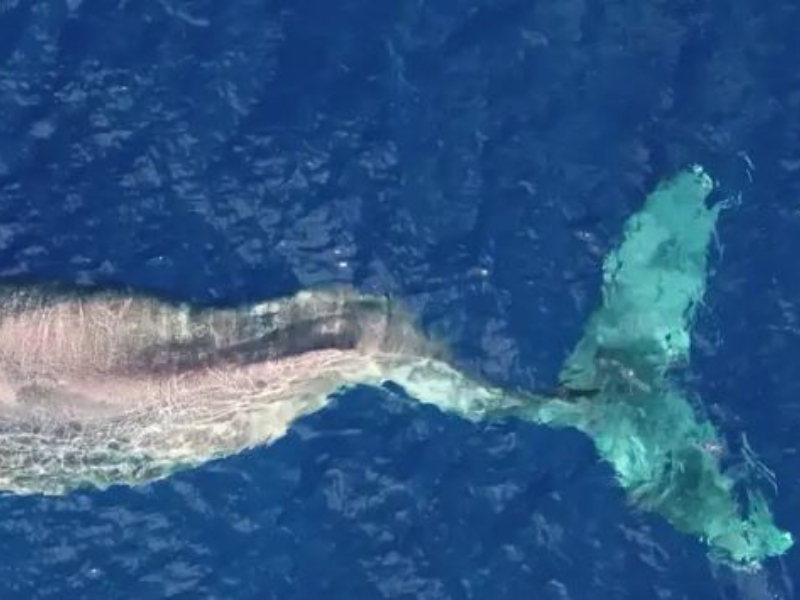
Source: Source: facebook / BCWhales
Slowly but steadily, Moon traveled 3,000 miles to reach her destination. It took every bit of strength and endurance she could muster to accomplish that task. The arduous journey has had a massive impact on her health, and she probably won’t survive long.
Swam All the Way Doing Breaststroke
Humpback whales are among the most active marine animals; they use their tail fin and lower body to propel themselves forward through their vertical movements. The incredibly acrobatic whales are fast swimmers, but Moon was without using her tail fin, which greatly affected her natural movement.
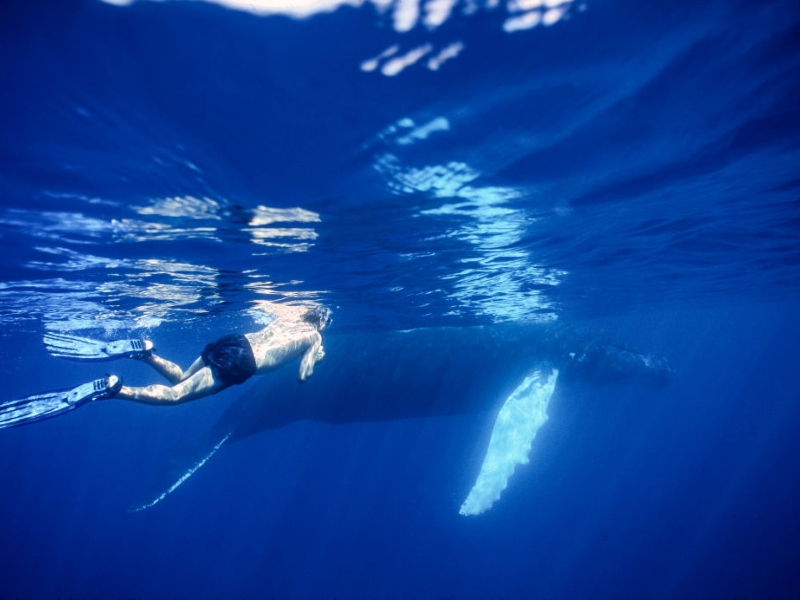
Source: Barbara Alper/Getty Images
The injuries to her spine were so limiting that she had to swim differently to make her journey. She had to rely on the breaststrokes to get her through the long migration from British Columbia channels to the Hawaiian waters, no matter how terrible her suffering was.
Migrating to the South for Winter
Like Moon, all humpback whales, by default, migrate to the warmer waters of the South during the Winter months. Every year, thousands of them typically start to the coast of Hawaii around the fall months, and one can begin to see them in the waters from October and November onwards.
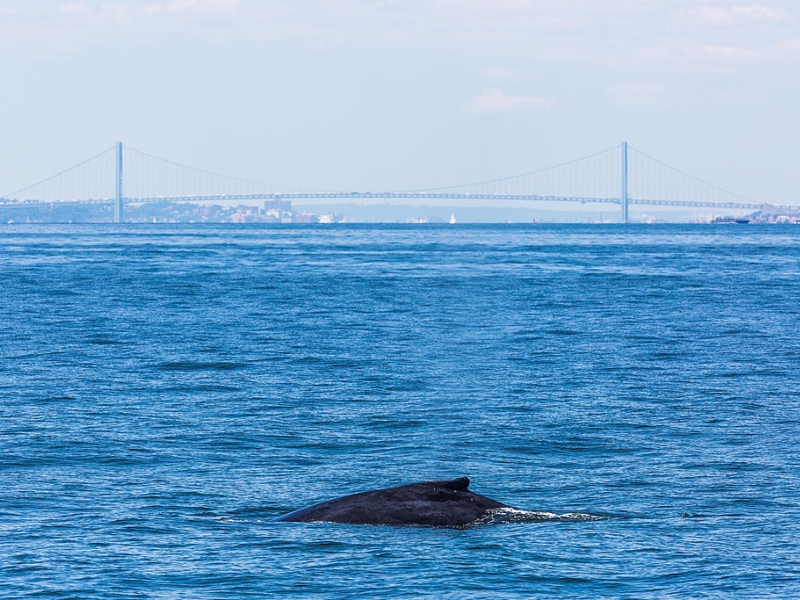
Source: Artie Raslich/Getty Images
These giant whales are usually born in the warm waters of Hawaii and move to Alaska’s nutrient-dense waters during the Summer months to replenish themselves before returning to their home ground. The whale sighting season on the Big Island lasts until mid-May every year.
Hawaiian Waters as Breeding Grounds for Humpback Whales
Moon was making her way to Hawaii for the mating season. Whales are known to have permanent partners; every season, they look for new partners, migrating nearly 3,700 miles to get to the breeding grounds of the Hawaiian waters.

Source: Archive Photos/Getty Images
Another fascinating fact is that they up their cruising speed during these journeys, swimming faster than their typical timing of two and a half miles per hour; that’s how driven and dedicated they are to mate and reproduce. Even though Moon wasn’t in any position to travel, she did so as a creature of habit.
Set Patterns of Behavior
One thing that stood out for those who witnessed Moon enduring so much to complete her journey was her fierce determination. She was set in her yearly migratory tradition, and nothing could steer her from following that course.

Source: Alexis Rosenfeld / Getty Images
The entire incident is a classic example of how far the marine giants would go to ensure they stick to their old behavioral pattern, even at personal peril. She could have broken the pattern and saved herself from a horrifying swim, which would likely have saved her life.
How Long Does Migration Take?
Interestingly, the Guinness Book of World Records notes humpback whales are the only mammal species with the longest migration. They migrate around 5,000 miles between the warm oceans closer to the Equator and the colder, food-dense waters of the Antarctic and the Arctic regions.
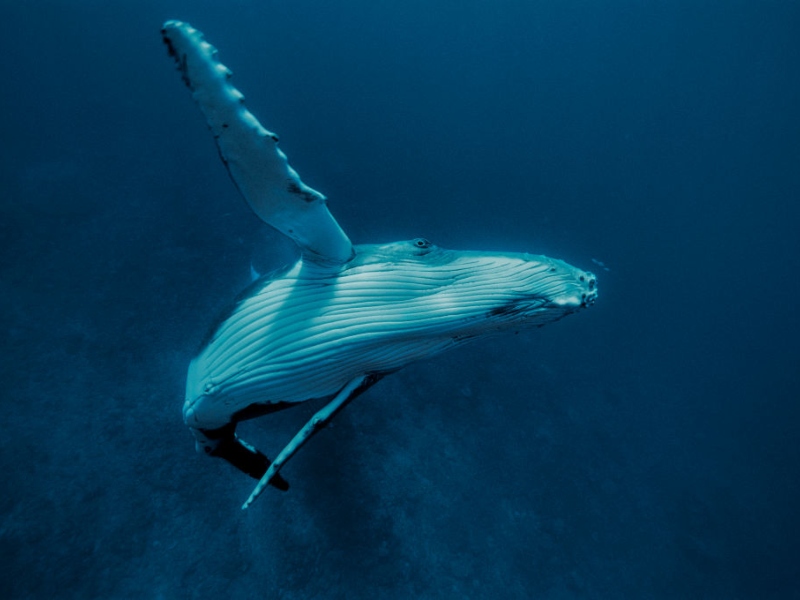
Source: Alexis Rosenfeld/Getty Images
It typically takes six to eight weeks for them to migrate from Alaska to the Hawaiian Islands, such as the protected and shallow waters of the Auau Channel Lanai, Molokai, and Maui, which was the Moon’s destination on this particular journey.
Moon Took Awfully Long to Reach Maui
Moon was so terrifyingly injured that it made sense that it took much longer for her to reach Maui than her counterparts. While she had previously covered the same distance in less than two months like all the other humpback whales, the gentle giant, this time, took over three months to do the same.
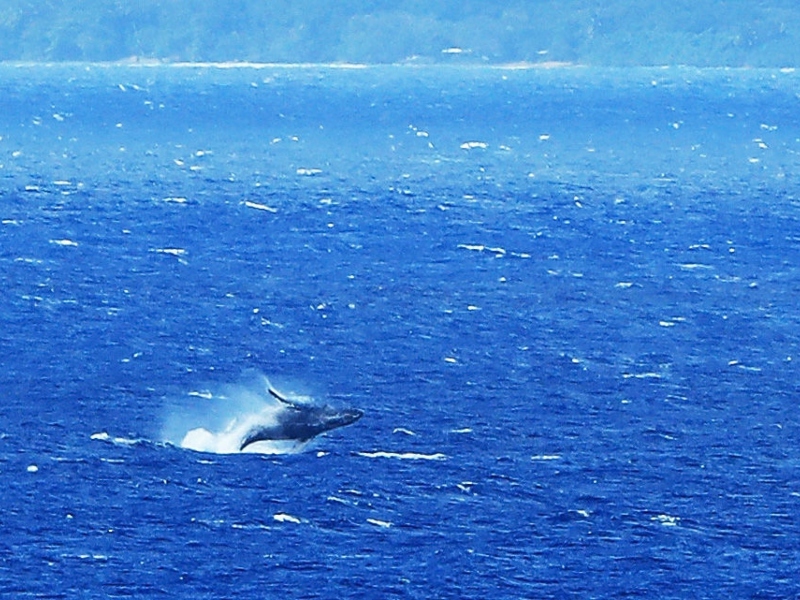
Source: Sam Greenwood/Getty Images
The researchers found the entire process of her struggling to swim and keep afloat extremely painful to watch. They were helpless in her mission and could do nothing but wish her all the strength to successfully make that harrowing journey.
Gruesome Reality of the Vessel Strikes
Unfortunately for marine giants like Moon, vessel strokes are a gruesome reality. Collisions are the byproduct of the large ships crossing paths regularly with the various forms of sea creatures. Most often, the animals are difficult to spot in the waters by the vessel operators, and the creatures find it impossible to avoid them.
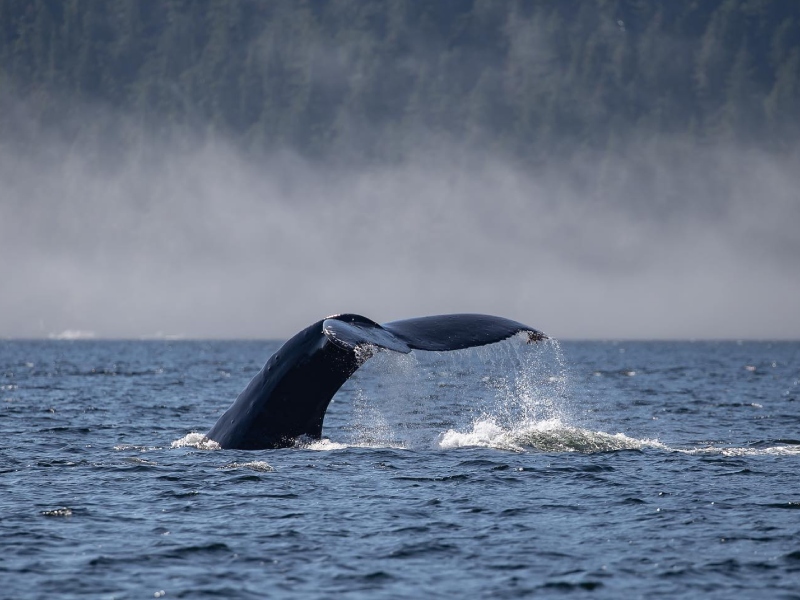
Source: facebook / BCWhales
In the case of the humpback whales, they are at more considerable risk because their migration routes nearer the ports overlap with the shipping lanes of large vessels. Sometimes the whales lose their lives instantly after a collision, while others, like Moon, suffer a fatal injury.
Significant Challenge for Whale Conservation
Due to the vessel strikes, whale conservation efforts worldwide are facing a major setback. Even though the government measures to increase the population of humpback whales have seen some promising results in recent years, the species continues to face significant threats because they often get hit by big boats.
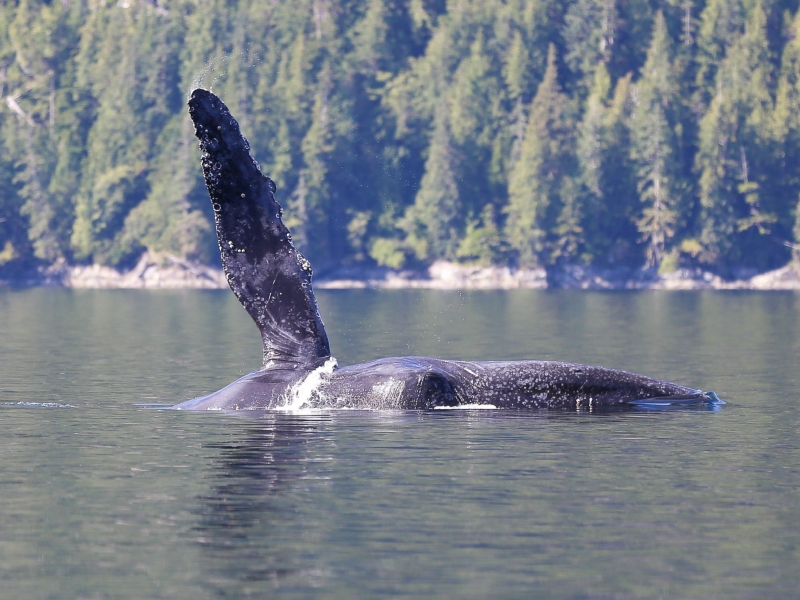
Source: facebook / BCWhales
NOAA reported in 2017 that over 80 blue and humpback whales were struck by large vessels along the US West Coast in that year alone. These estimates do not consider the large number of hits that go unnoticed and underreported.
Moon's High Cost of Migration
The vessel that hit the humpback whale so mercilessly and went on without reporting probably didn’t even realize what it had done. Brutally maimed and in piercing pain, she focussed all her energy on treading the water alone. Unfortunately, this is usually the case with on-water collisions.
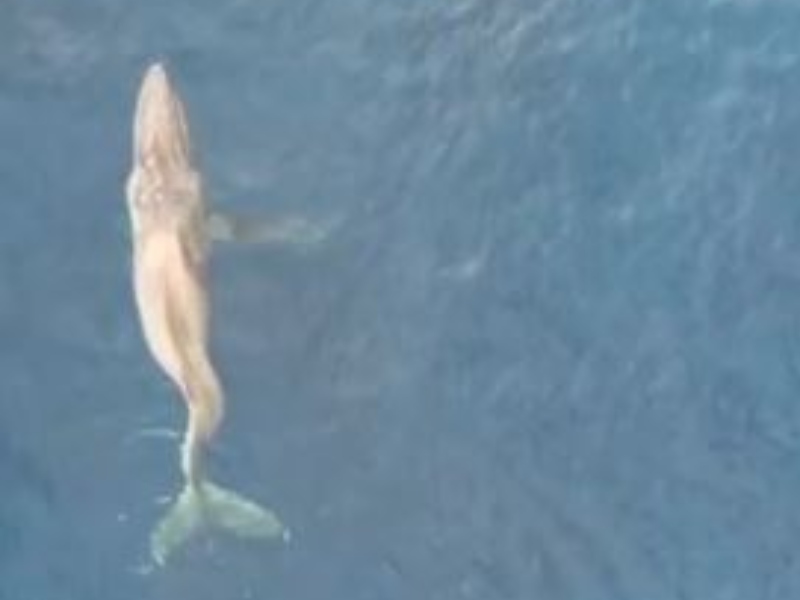
Source: Instagram / mermaid.kayleigh
Since she was determined to stay the course despite finding herself in terrible pain, she might end up paying a high price for migration. Her condition deteriorated with every effort she made toward her Hawaiian destination.
Grim Chances of Survival
Moon might have completed the journey she set out on, but what high cost? Sooner or later, she is bound to pay for the migration with her life because anyone who has endured the 3,000 miles of travel with sheer willpower faces grim chances of survival.
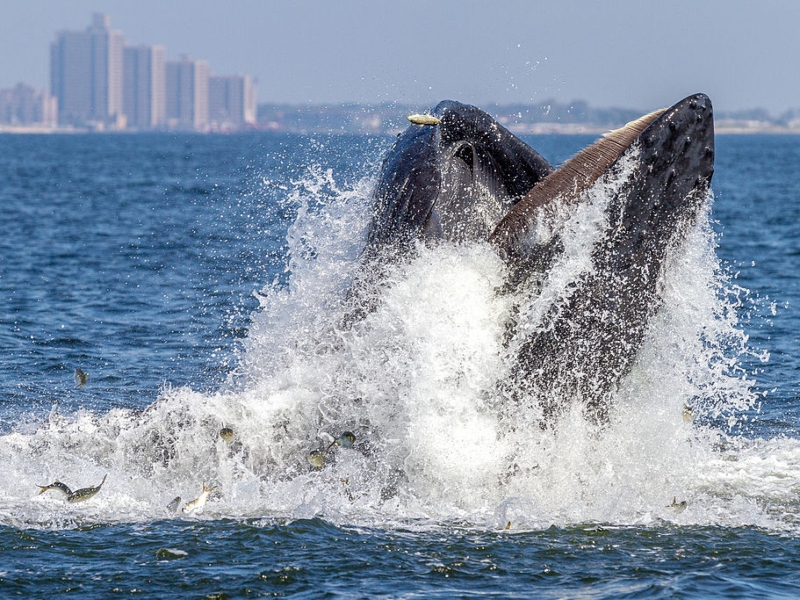
Source: Artie Raslich/Getty Images
We can only imagine how utterly exhausted she must have been physically after reaching her destination. The researchers spotted her in the waters of Maui on 1st December and were initially relieved to find her still alive and in her home territory. Yet, the niggling thoughts of her uncertain future loom large.
Most Likely Her Last Journey
It breaks our hearts to say this, but the triumphant 3,000 miles journey might be Moon’s last. She was a hero for doing that, and we applaud her courage and determination to achieve such an incredible feat.
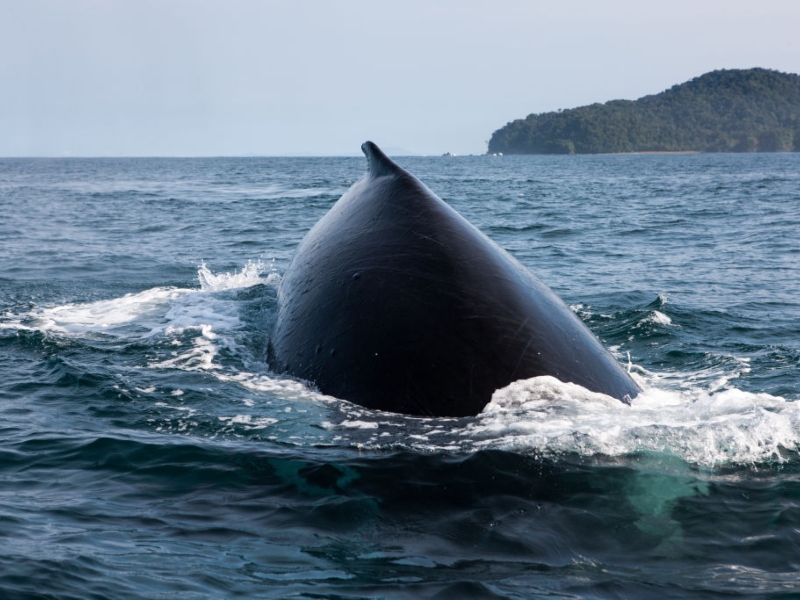
Source: Artie Raslich/Getty Images
Yet, we cannot help but be devastated at her choice to continue on that journey and the dire consequences of a fateful event she might have to soon face. The water giant was seen resting at the breeding grounds in Maui in December, and the world is watching her and hoping she’ll survive to make another journey.
Testimony to Her Tenacity
If there’s anything in this world that can get you through the most challenging days, it’s your willpower to succeed at what you set out to do. With incredible focus and determination to follow tradition, Moon showed us precisely how it’s done. Her journey inspires us while also making us sob.
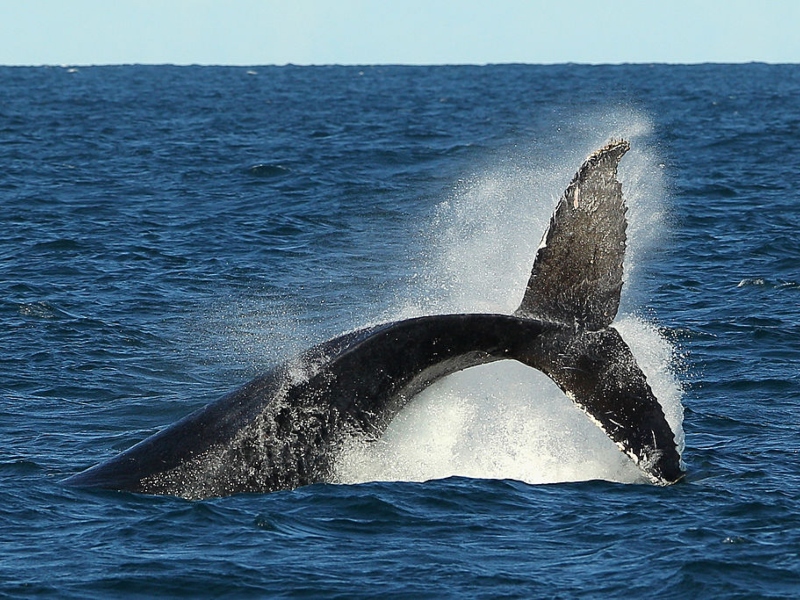
Source: Cameron Spencer/Getty Images
Suffering through the most agonizing pain any marine being could encounter, she traveled 3,000 miles to reach her favored destination. The trip was a testimony to her tenacity; we have much to learn from it.
